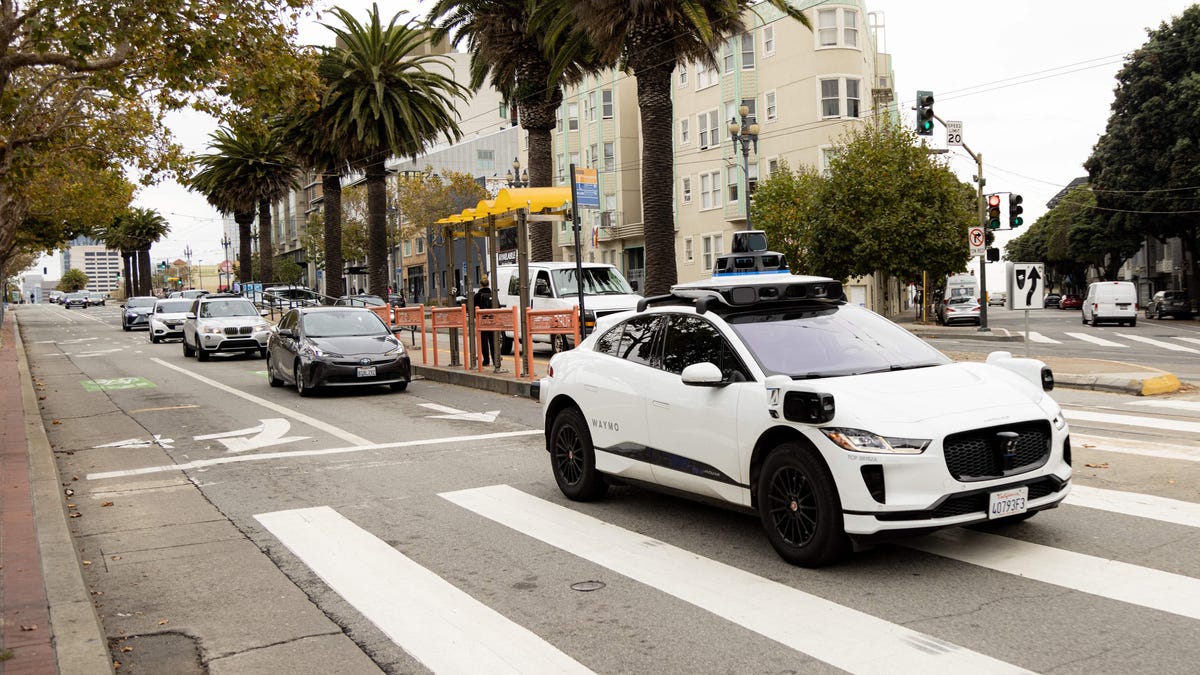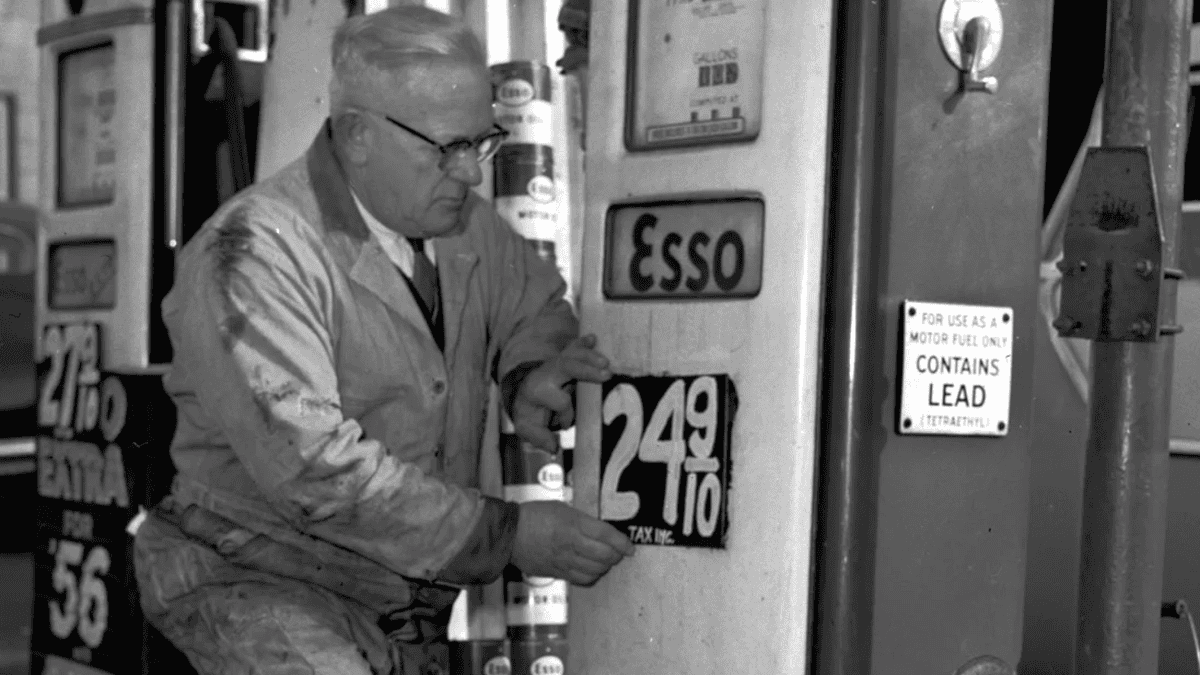Driverless taxis have been in the news plenty recently, and never for good reasons. The name Cruise has been a Morning Shift mainstay, due to all the fallout from a car dragging a woman along the ground. One name, though, hasn’t come up much in recent reports: Waymo.
Dave Lee, technology columnist for Bloomberg, says that’s a very good thing — the company’s approach of slow progress, incremental progress, and generally not making waves has actually worked in its favor. Cruise may have had the flashier updates, the more aggressive driving, but Waymo is still operating. From Bloomberg:
When Waymo was spun out of Google’s R&D labs in 2016, it was partly in response to itchy senior executives and investors who wondered when the moonshot project would ever start to bring in cash. Google had been a pioneer, picking up self-driving efforts from the US military’s DARPA wing — the department that tries outlandish tech ideas — and injecting it with some Silicon Valley gusto. It found quick and extraordinary success: Jaw-dropping demonstrations showed that the Google car had come extremely far in just a few short years.
I first tried it out in 2015, a throughly boring ride through the leafy residential streets of Mountain View, just around the corner from Google’s headquarters. I say boring because it drove like a grandmother — hesitating at points when most drivers would make a turn or refusing to go around some minor obstacle. Still, the feat at least was tremendously exciting, hinting at a future that was just around the corner. Or so we thought.
The timid driving style of those cars spoke to Waymo’s ethos, a goal that is black and white: Either it would produce a fully self-driving car or it wouldn’t produce anything at all. Any half-measures would put drivers and other road users at risk because its own testing showed frightening evidence that adding piecemeal autonomy meant drivers have a tendency to become complacent and tune out.
Lee compared the Waymo approach, slow and cautious, with the more aggressive pushes from Tesla and Cruise. While those two have had issue after issue, Waymo has continued trucking along — trading flashy, investor-impressing updates for the timidity that comes with valuing safety over all. It remains to be seen which approach — if any — ends up succeeding, but Waymo may be a dark horse bet for success. Just don’t expect it any time soon.







